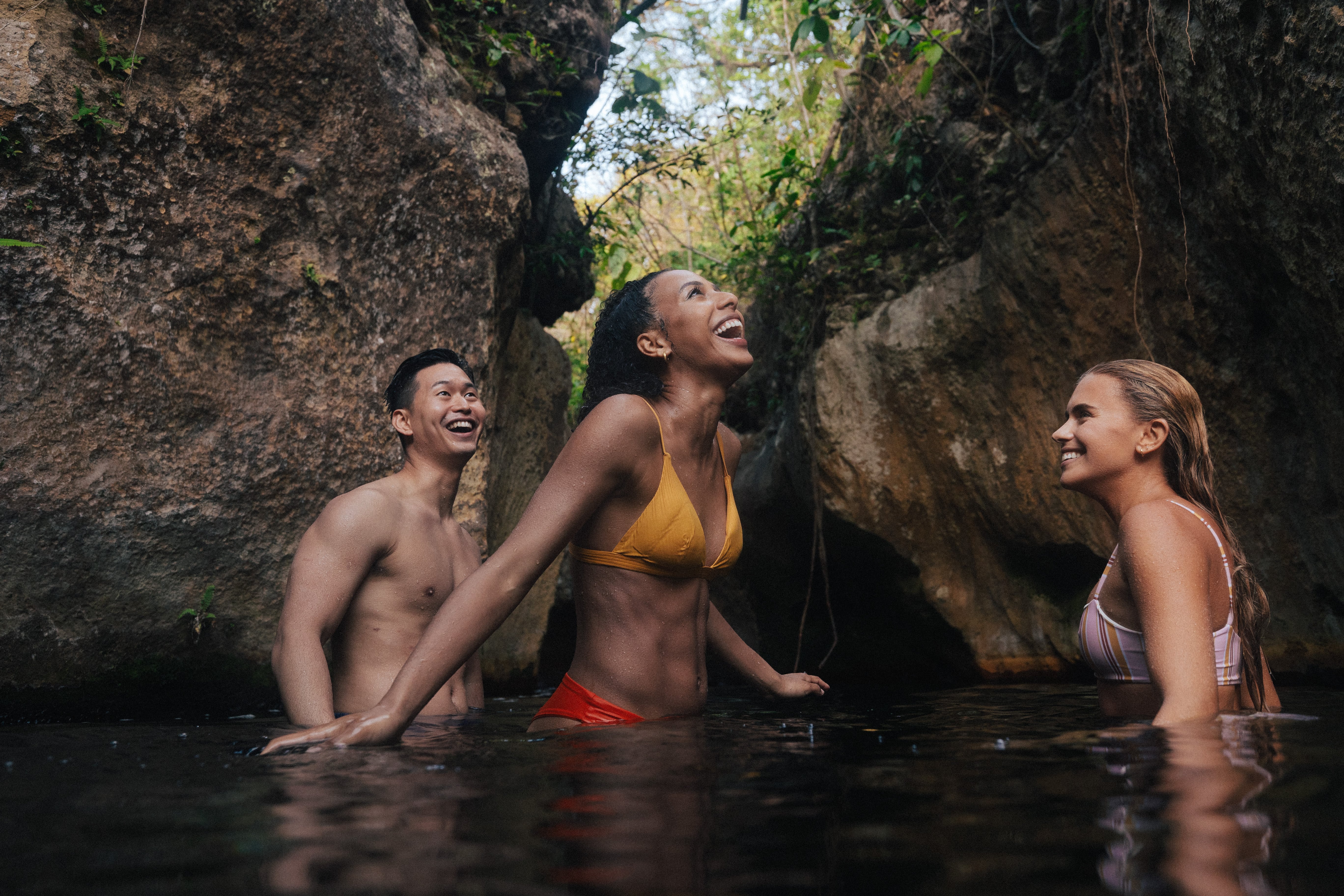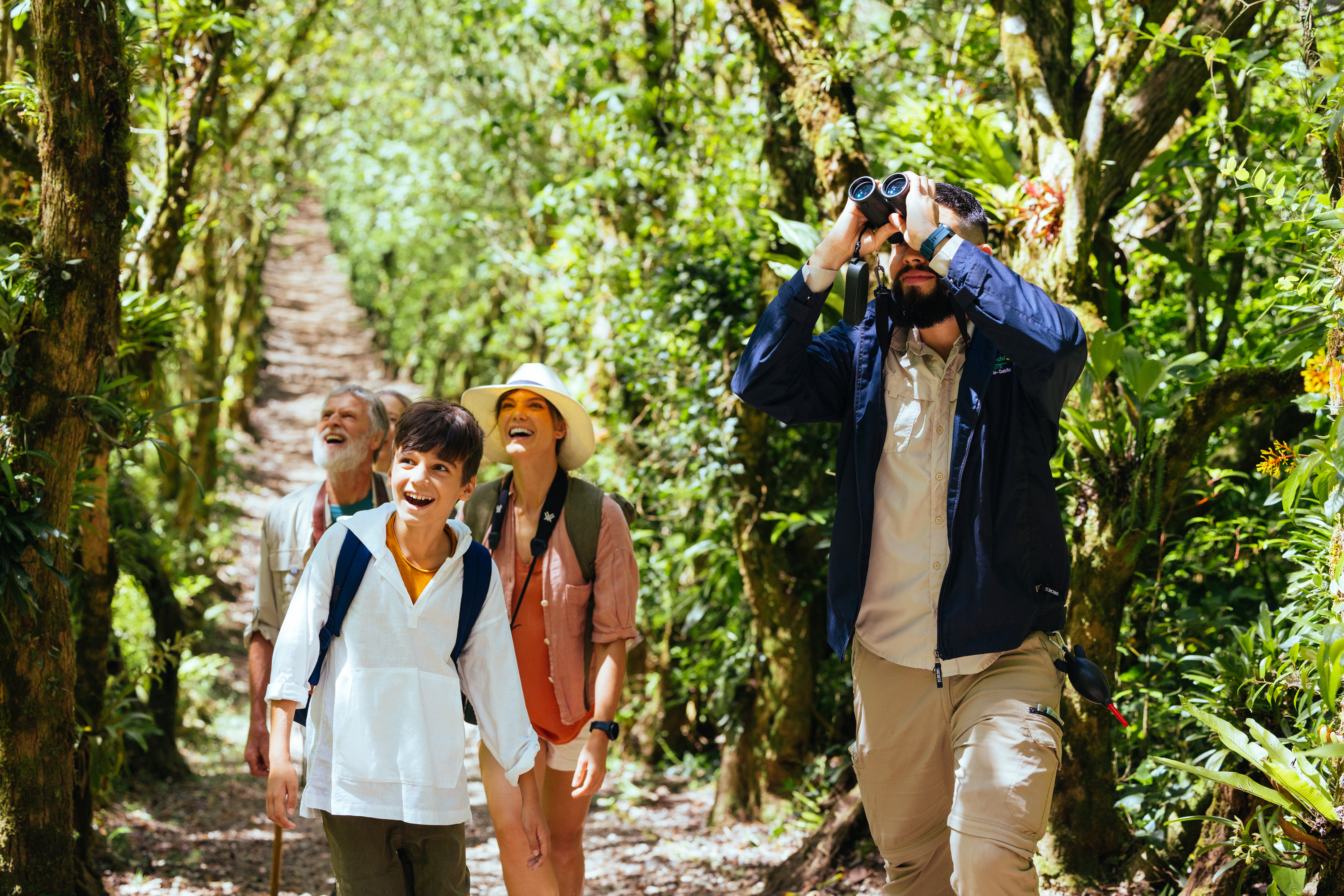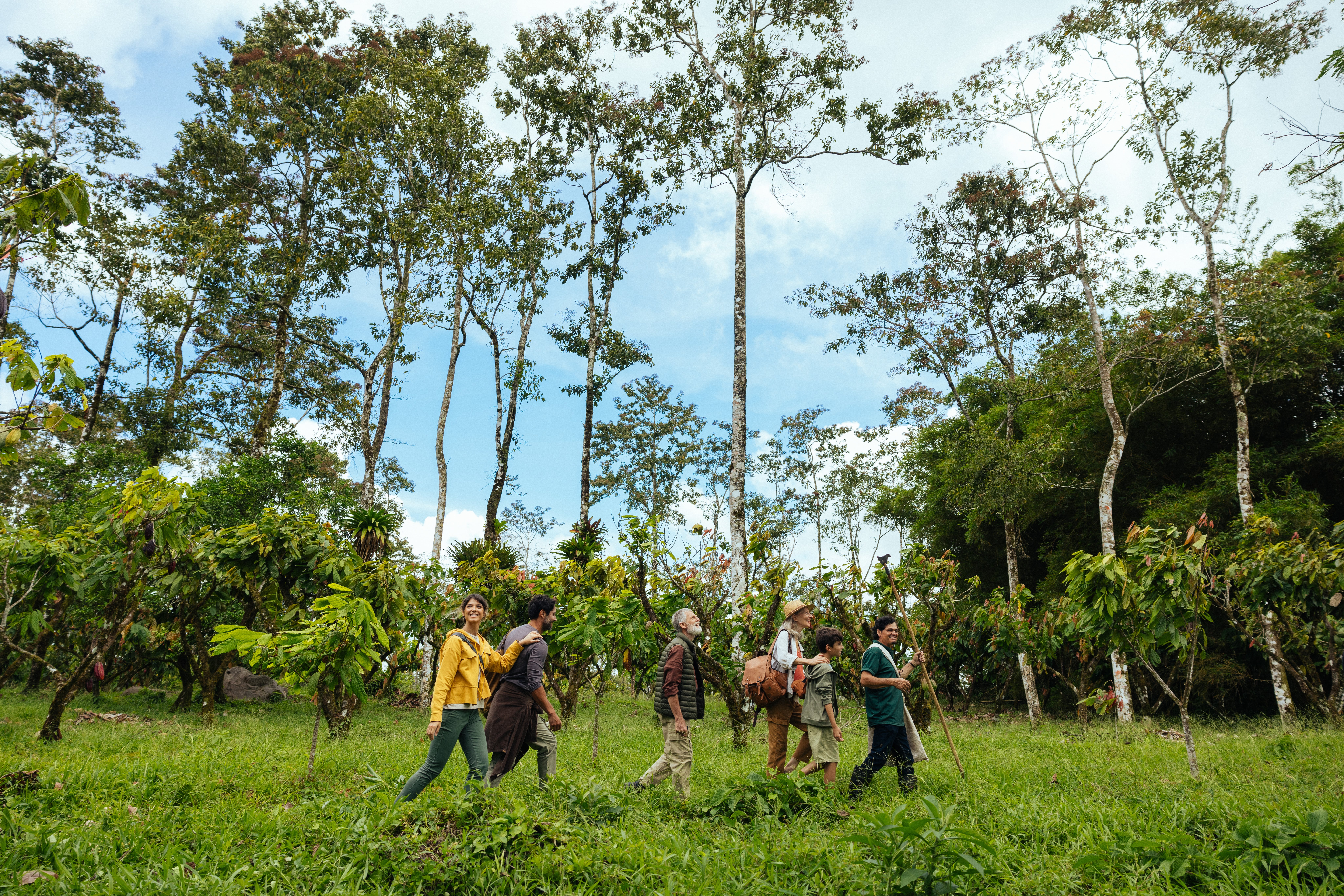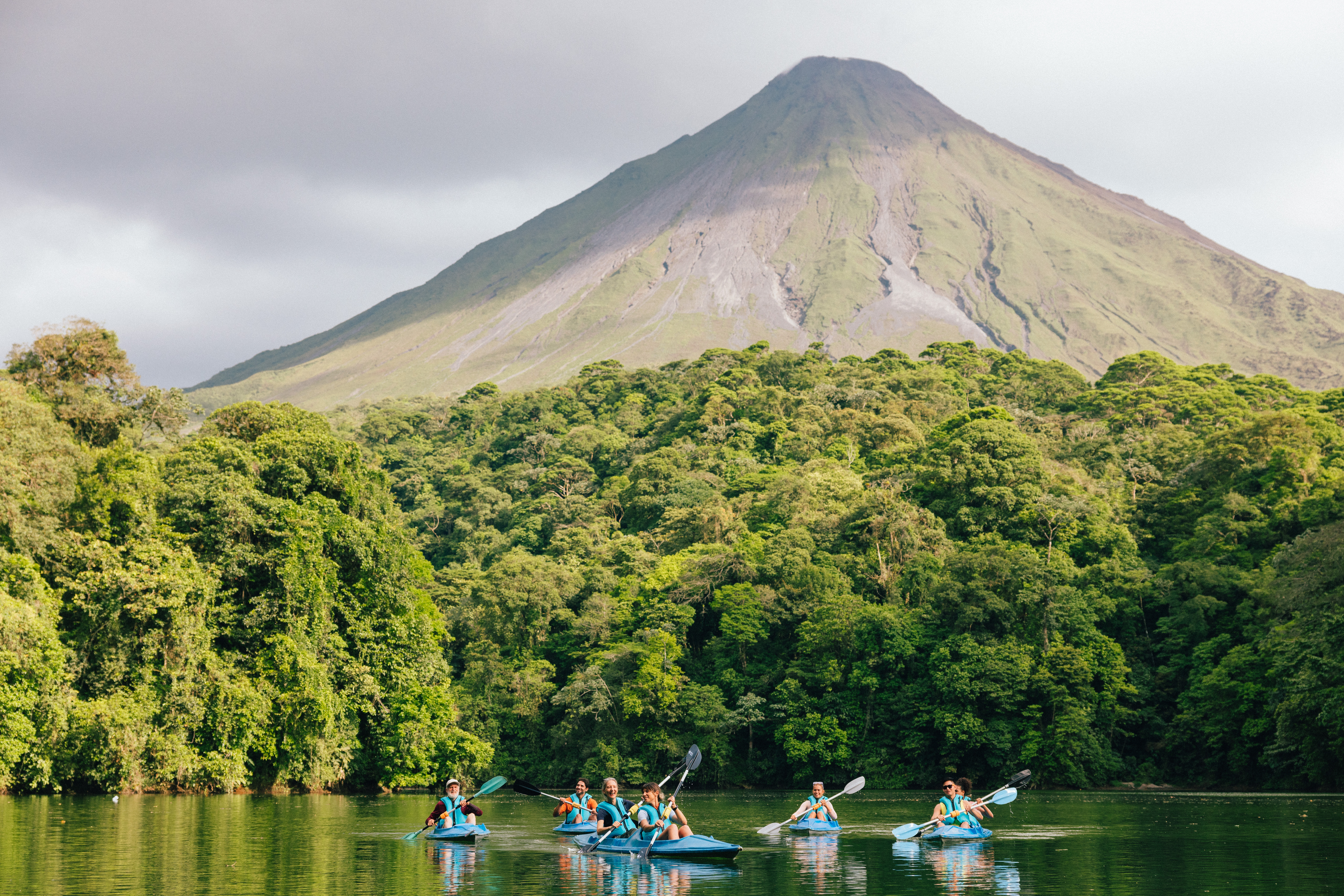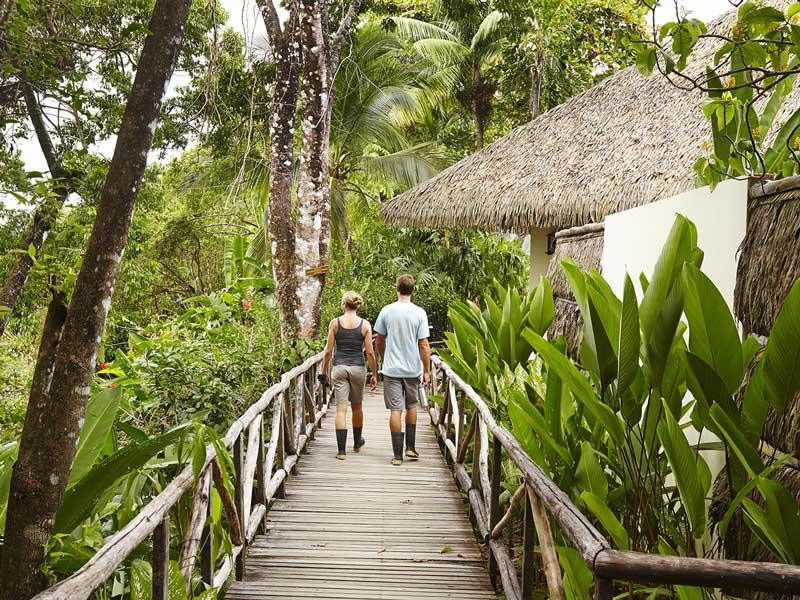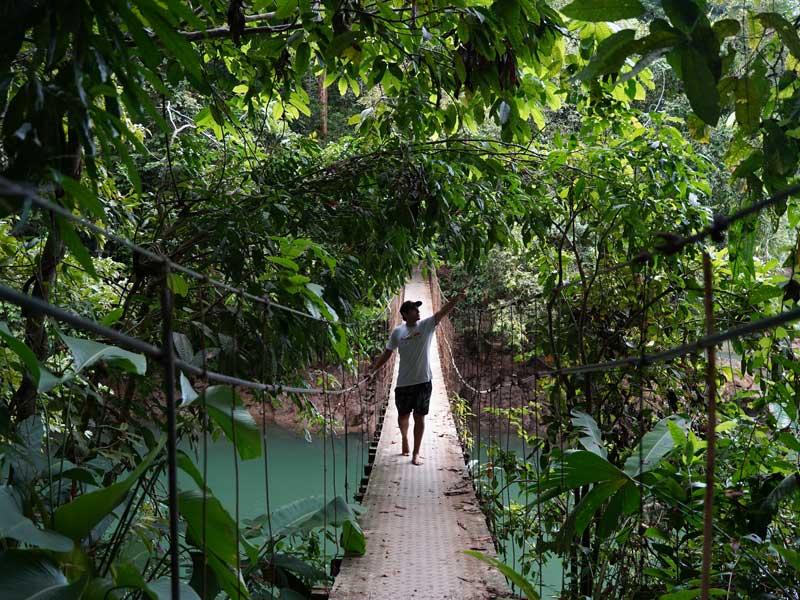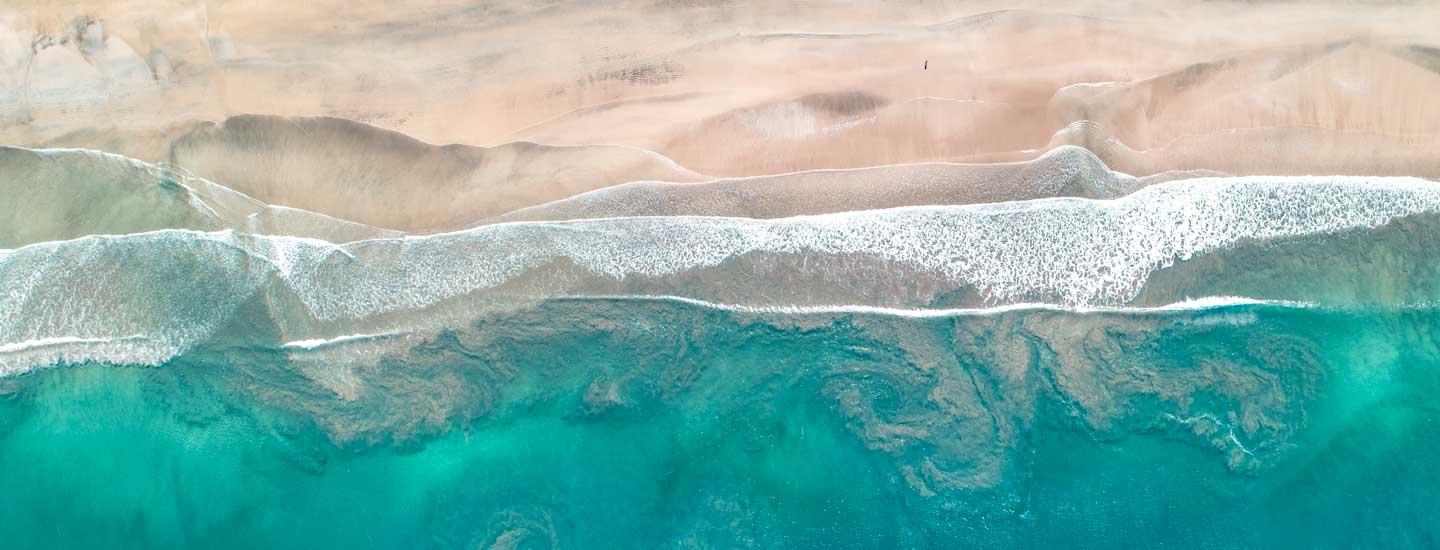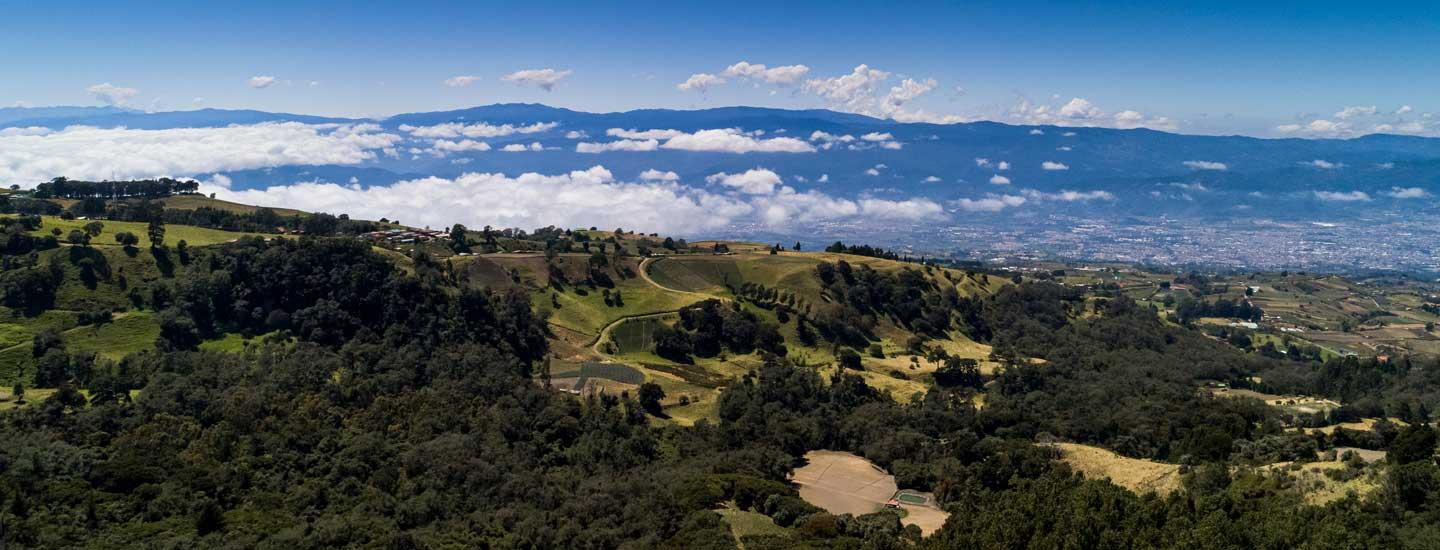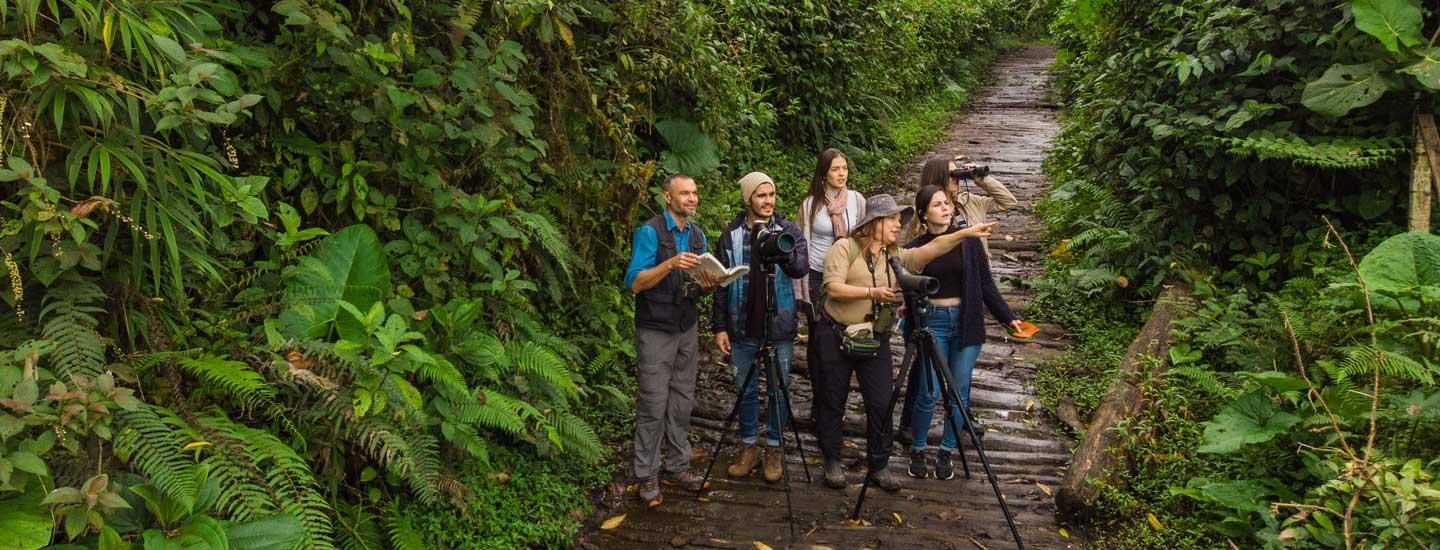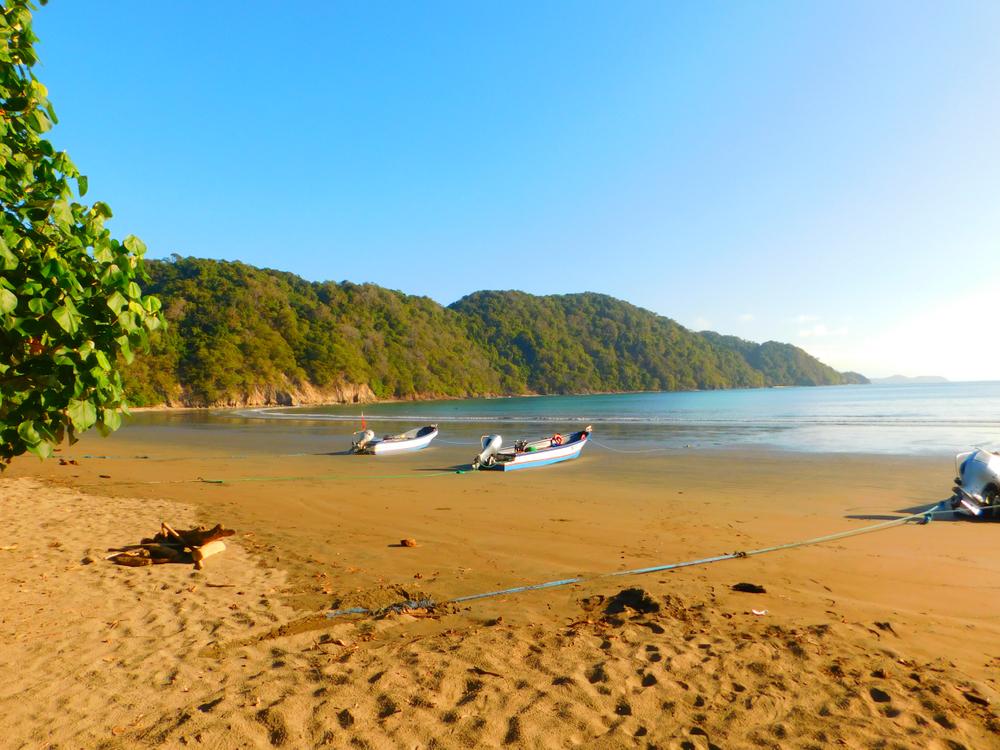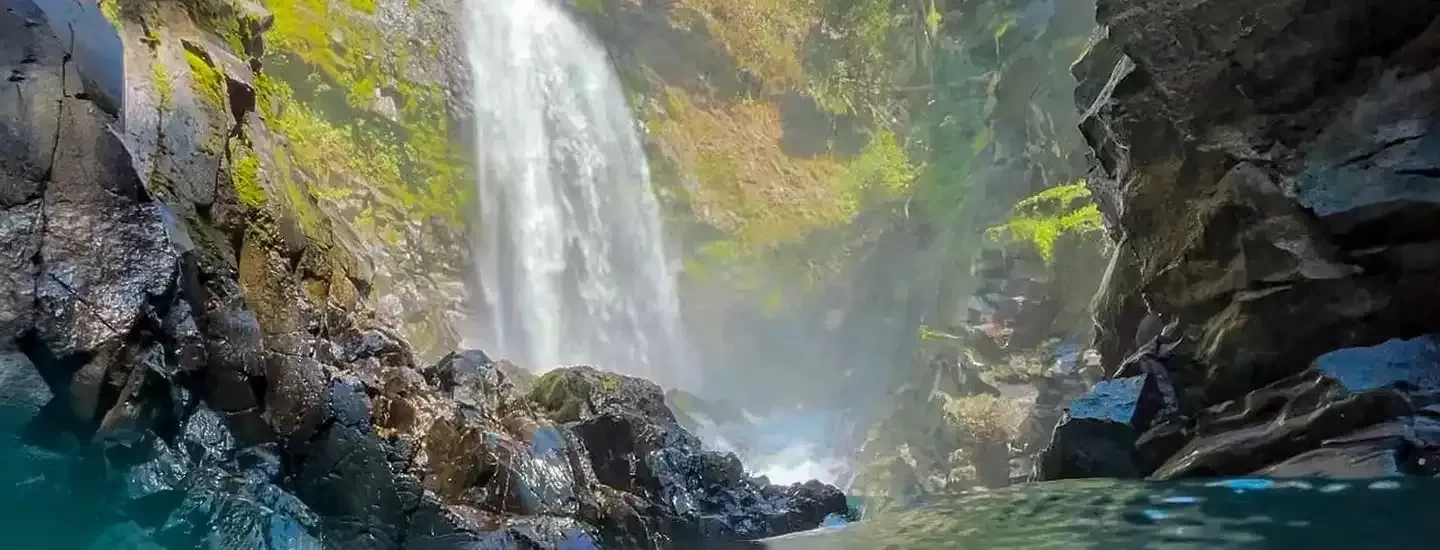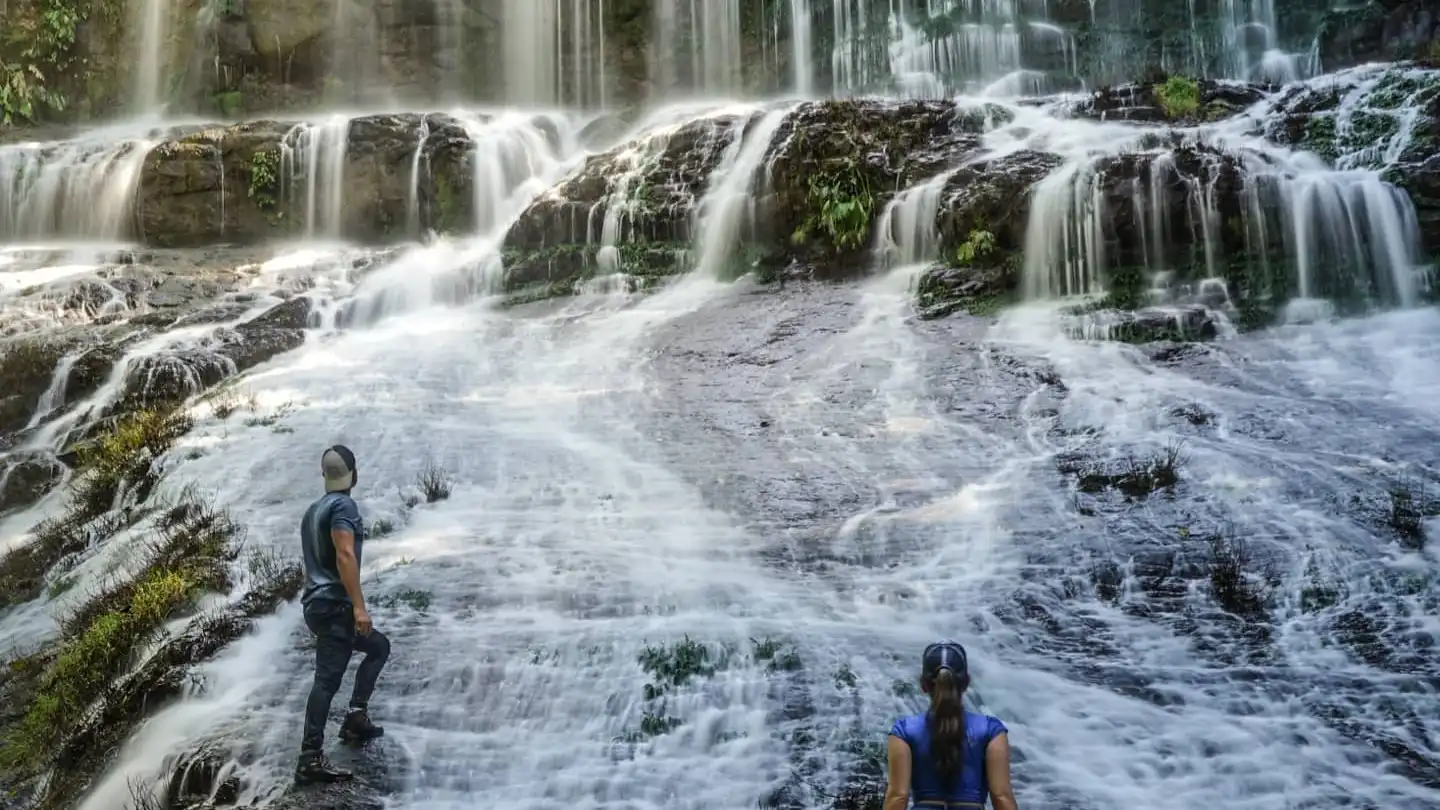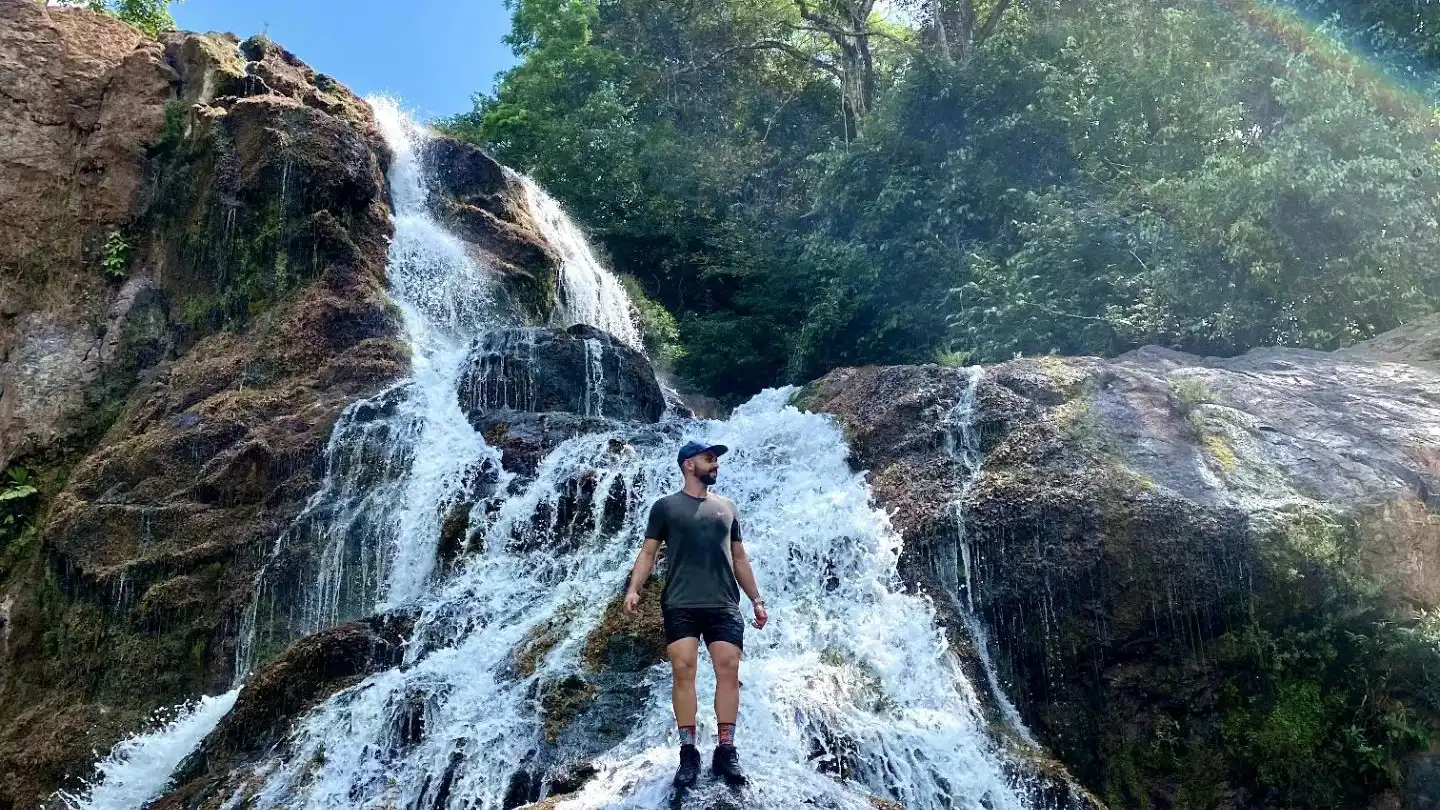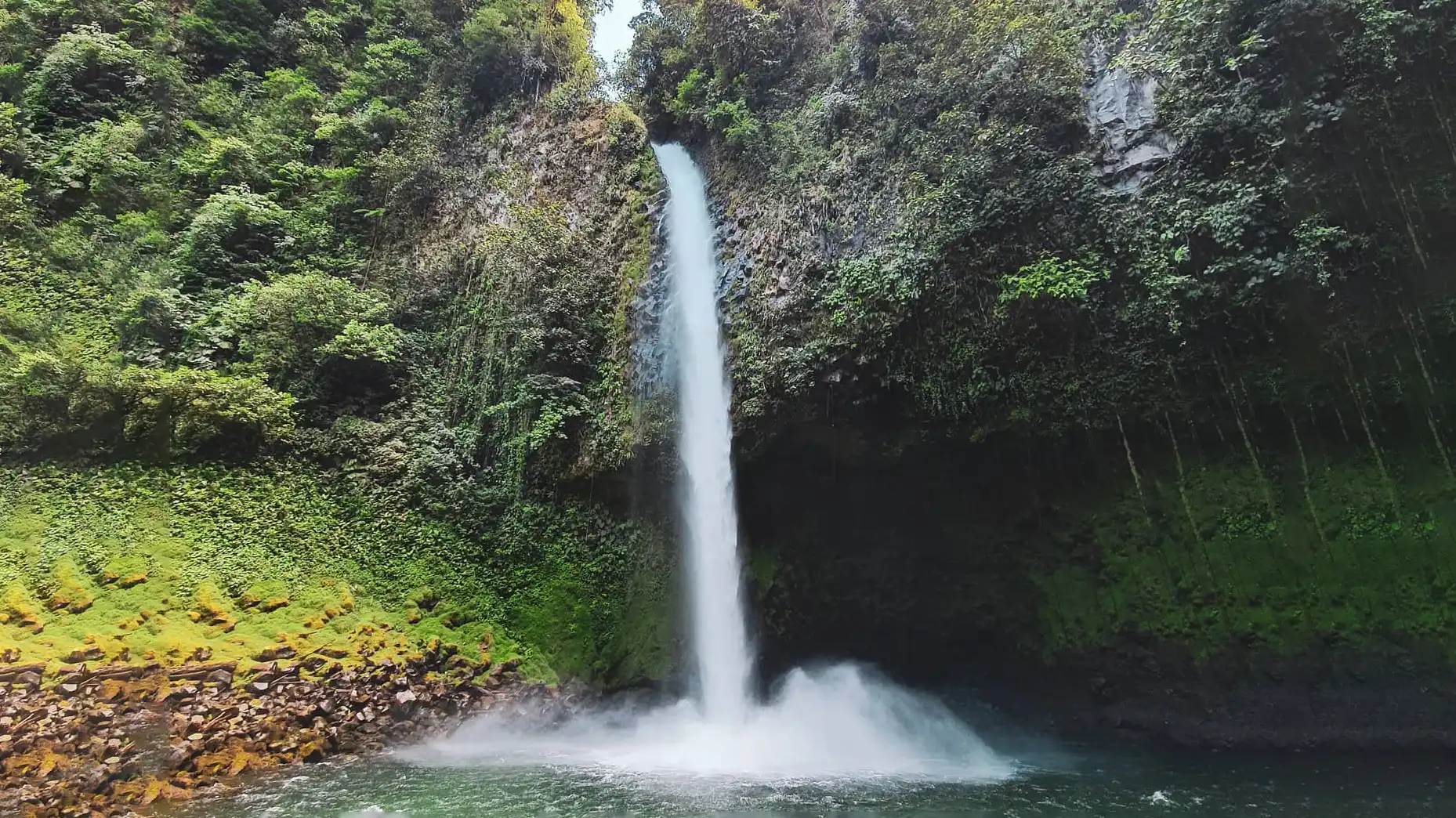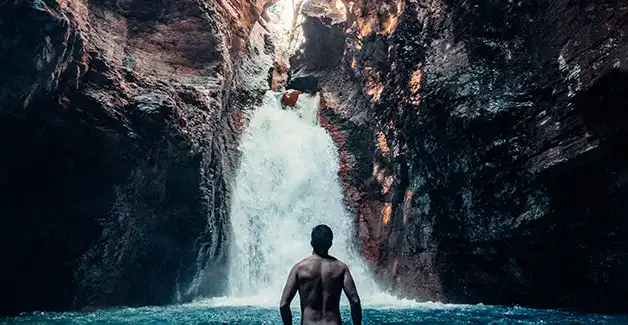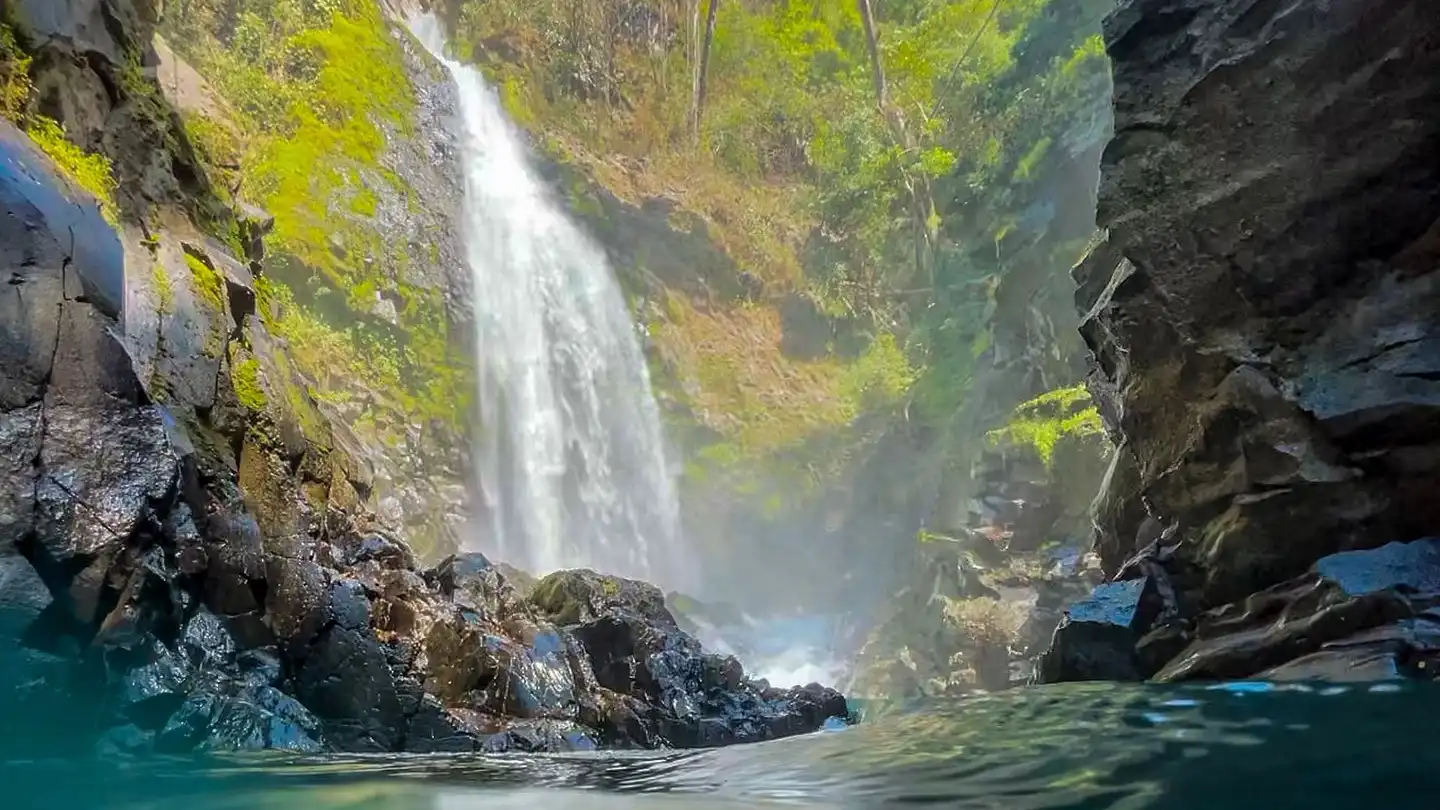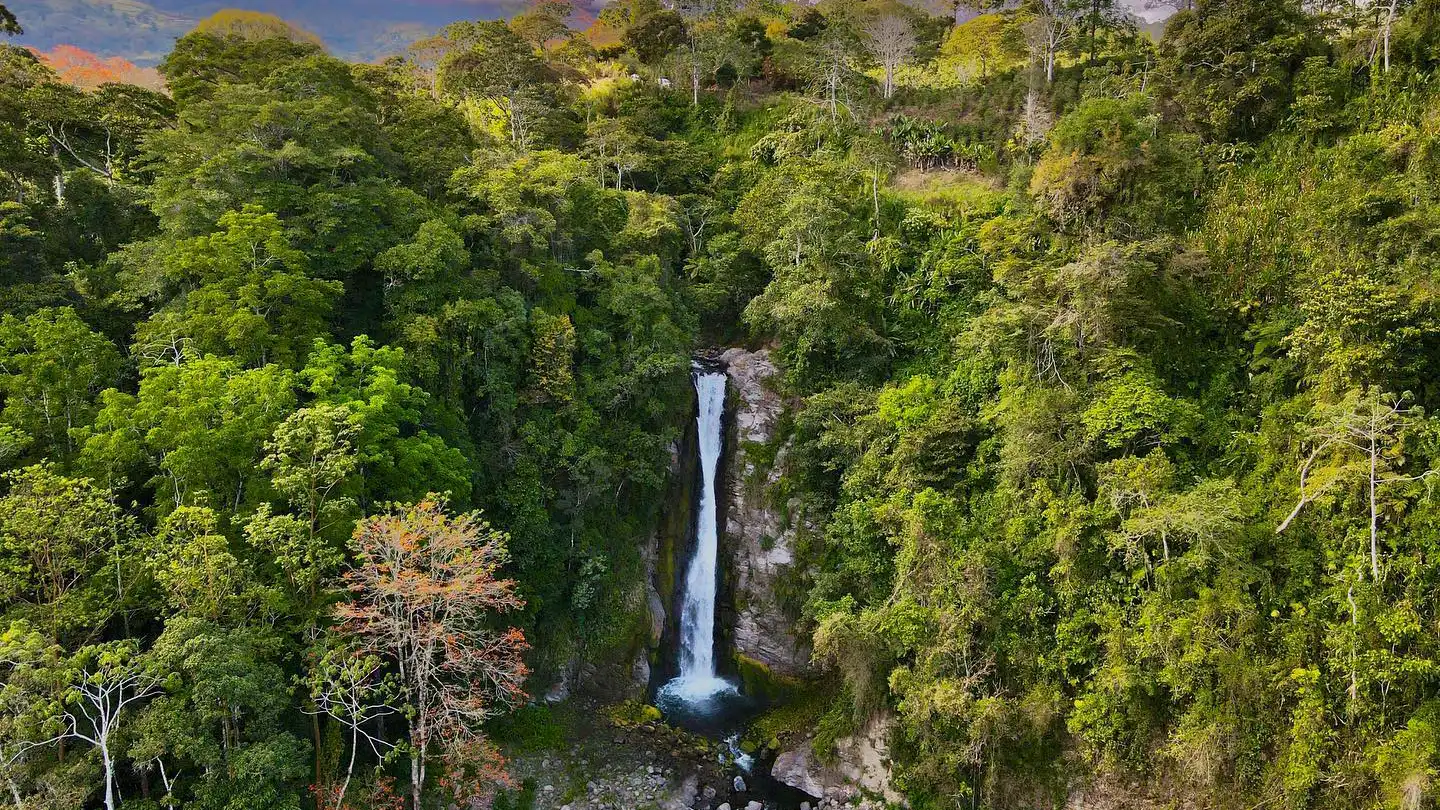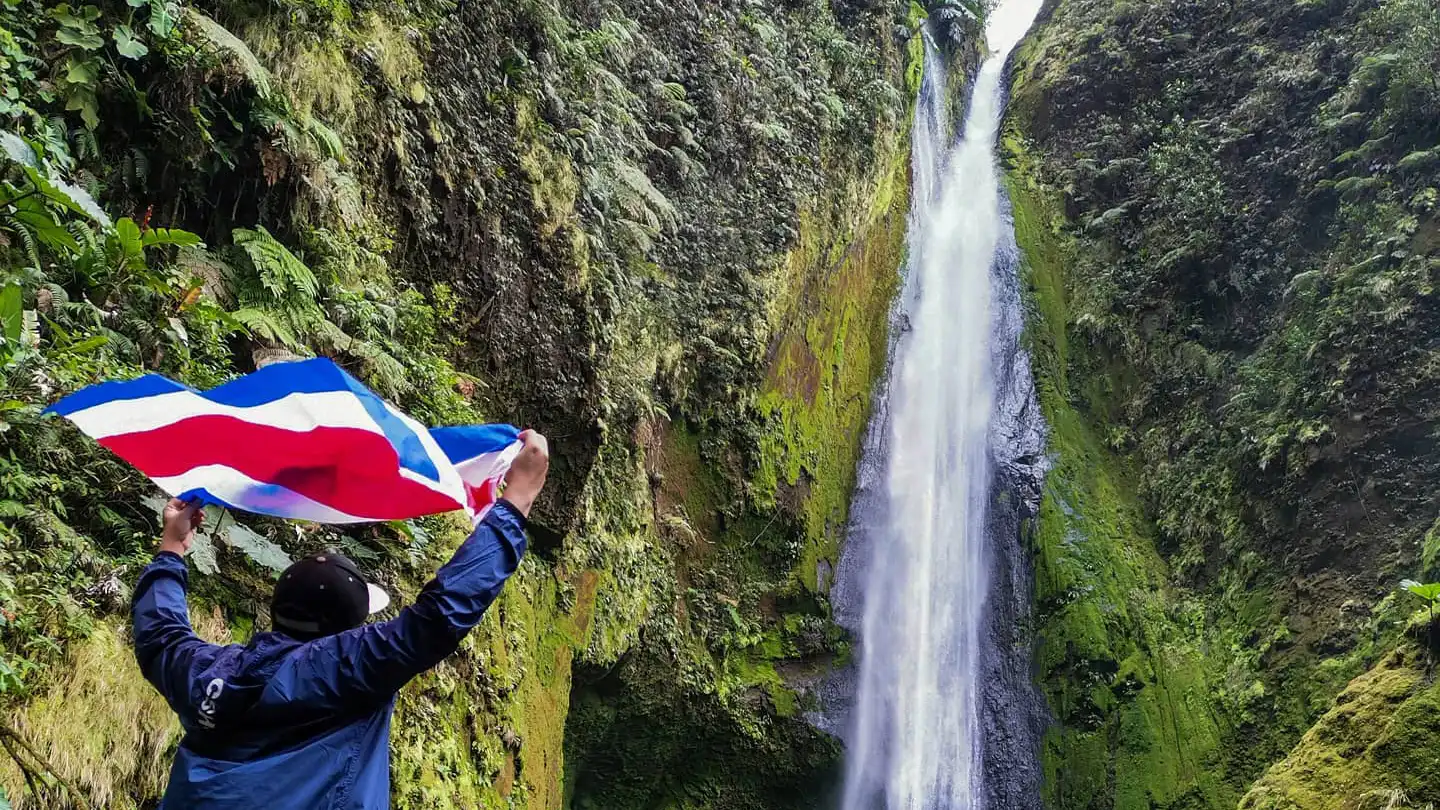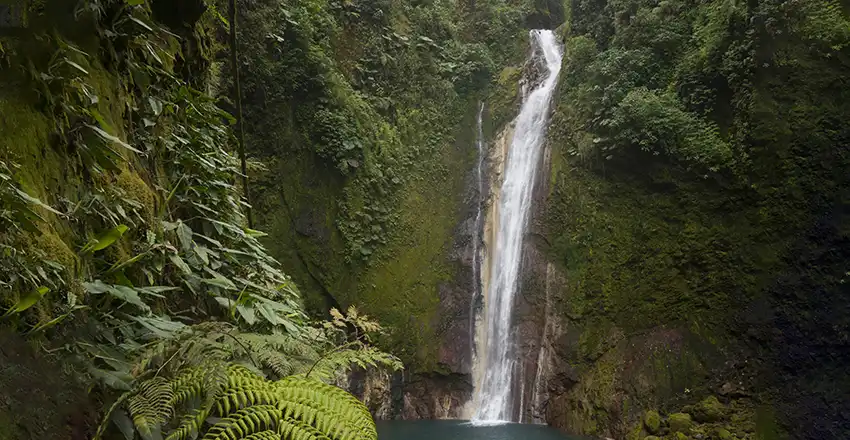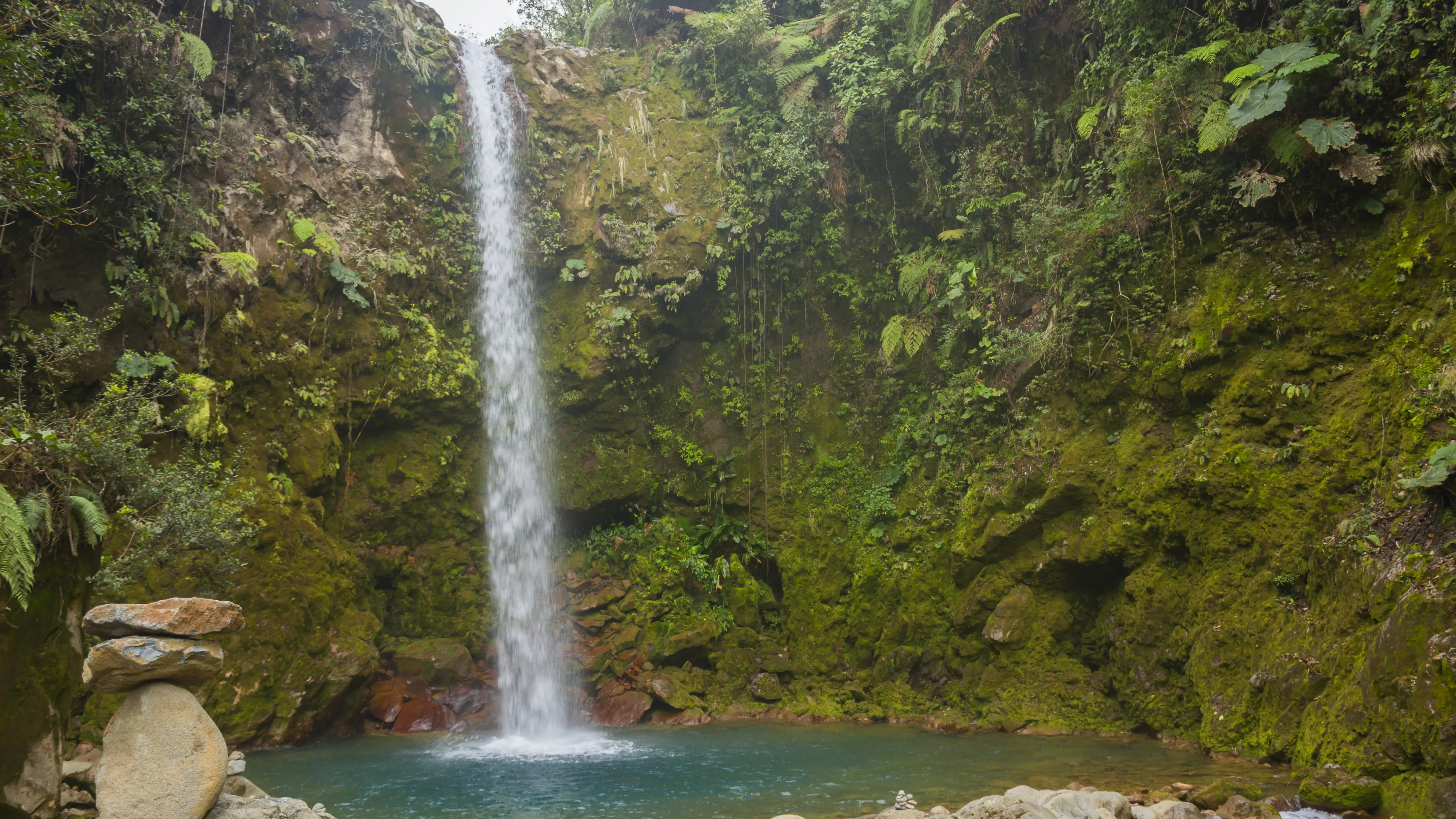In 2020, a large majority of your travel may have consisted of going from the couch to the fridge and back again—so it’s understandable to crave an actual vacation that involves actually getting out of your house. While there are tons of destinations to choose from, one spot that likely ticks nearly all of your boxes—no matter what you’re looking for—is Costa Rica. Whether you want to hit up the beach, or the rainforest, or the mountains, or a city, or a little bit of everything, Costa Rica truly has it all. Plus, the country is dedicated to sustainability, with a program in place called the Certification of Sustainable Tourism (CST) that gives tourism companies guidelines for running sustainable businesses. As of 2019, more than 400 companies in the country have been awarded the CST certification, which means that traveling with them helps you leave Costa Rica better than you found it.
Not sure where to start? Here are 10 trip ideas to help you get a jump on planning. While varied in geography and focus, each will show you the “pura vida” (pure life) way—and help Costa Rica’s sustainability in the process.
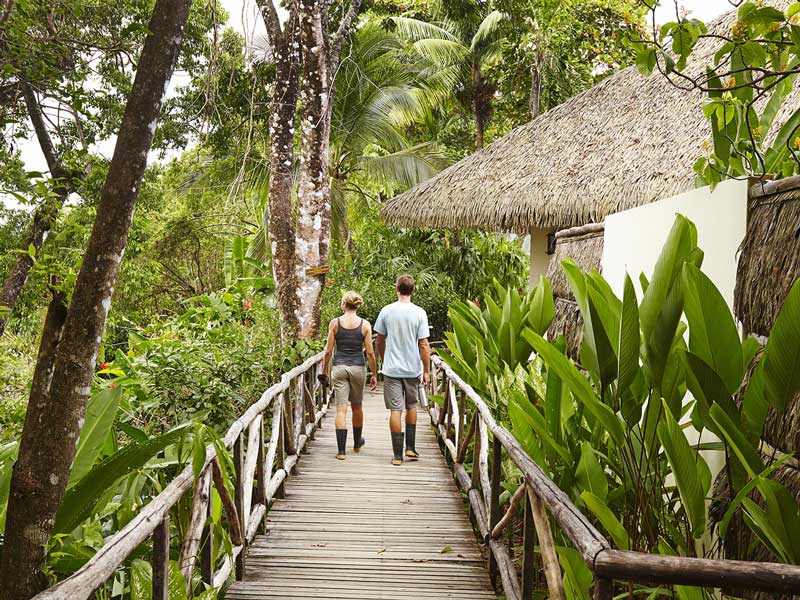
FOR A LUSH RAINFOREST GETAWAY: Lapa Ríos Lodge Location: Osa Peninsula
If you think of lush rainforest vibes when you think of Costa Rica, Lapa Ríos Lodge delivers on that daydream. Located in the southwestern part of the country, smack dab in the middle of the Osa Peninsula—one of Costa Rica’s most wild, jungly, undeveloped areas—Lapa Ríos Lodge is perched in the canopy of a 1,000-acre rainforest reserve. Many of the villas and bungalows have private balconies nestled within the trees—some with private plunge pools!—so you can walk out your door with your morning cup of coffee, and listen to the sounds of howler monkeys and tropical birds and insects buzzing all around you. Plus, the hotel offers multiple tours and activities, including a local medicine tour to learn about traditional medicinal plants—and you can even plant your own tree!
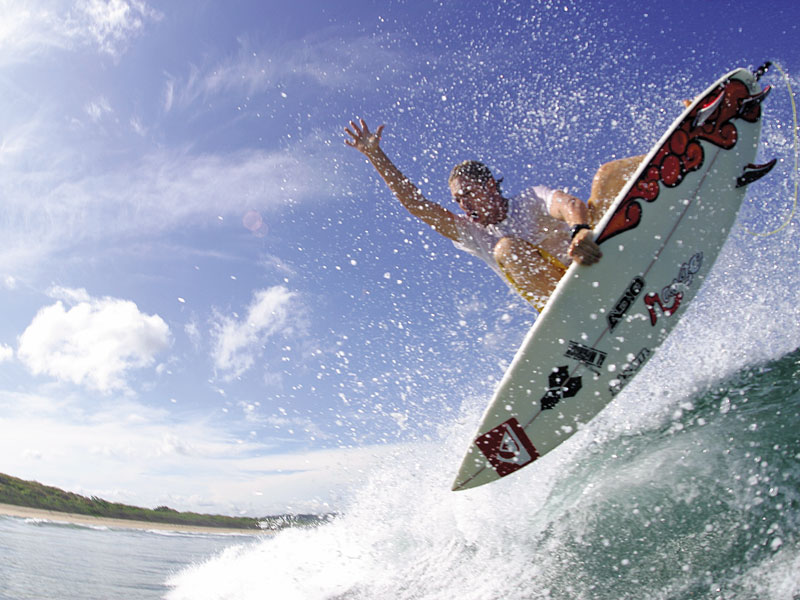 FOR A CLASSIC COSTA RICAN SURF RETREAT: Del Mar Surf Camp Location: Nosara
FOR A CLASSIC COSTA RICAN SURF RETREAT: Del Mar Surf Camp Location: Nosara
Situated in Guanacaste, an area of Costa Rica known for its wide stretches of coastline and picture-perfect sunny weather, Del Mar Surf Camp is the perfect place to learn the ways of the surf life. Although the camp is in multiple spots around the country, it truly shines in Nosara, its original location. Campers can personalize their own surf schedules, and you also have the option to add pilates, yoga, and even Spanish lessons to your stay. Originally known as the Costa Rica Surfing Chicas, Del Mar was the first surf camp in the country to be run by a Costa Rican woman—and it continues to employ locals to support the surrounding community.
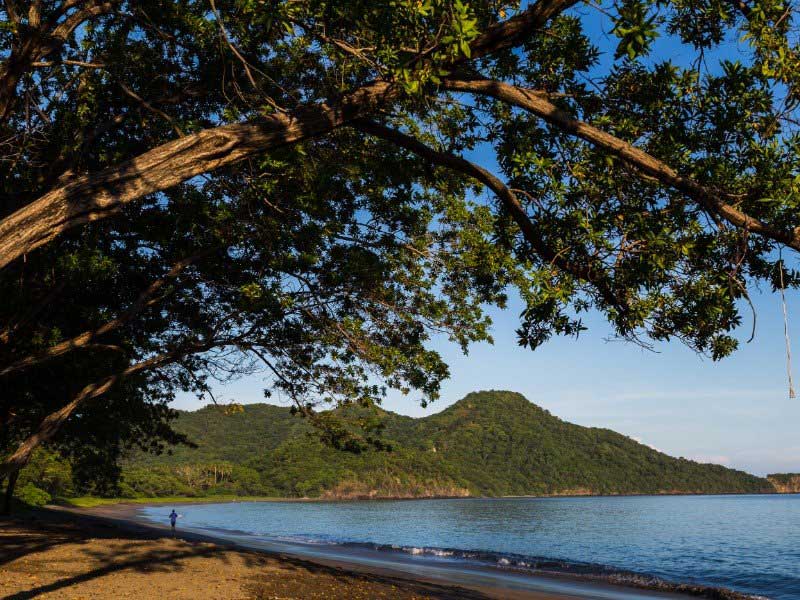 FOR A LUXURY (BUT STILL LOCAL!) FARM STAY: Cala Luna Boutique Hotel Location: Tamarindo
FOR A LUXURY (BUT STILL LOCAL!) FARM STAY: Cala Luna Boutique Hotel Location: Tamarindo
Like Nosara, Tamarindo is also in Guanacaste and is also one of Costa Rica’s most classic low-key surf towns. But while most hotels in Tamarindo proper tend to ooze those chilled-out surf vibes, Cala Luna Boutique Hotel also offers lush jungle surroundings to boot, with an array of wildlife for an otherwise dry area (think howler monkeys, iguanas, birds, and raccoons). The hotel is part of a 74-acre farm, Finca La Senda, where the owners have practiced regenerative agriculture—a system of farming principles that seeks to restore land rather than simply doing less harm to it—since they moved from Belgium in 1997. Go for the organic meals and jungly atmosphere, all the while knowing that the sunny beach and Tamarindo’s laid-back surf shacks are just minutes outside your door.
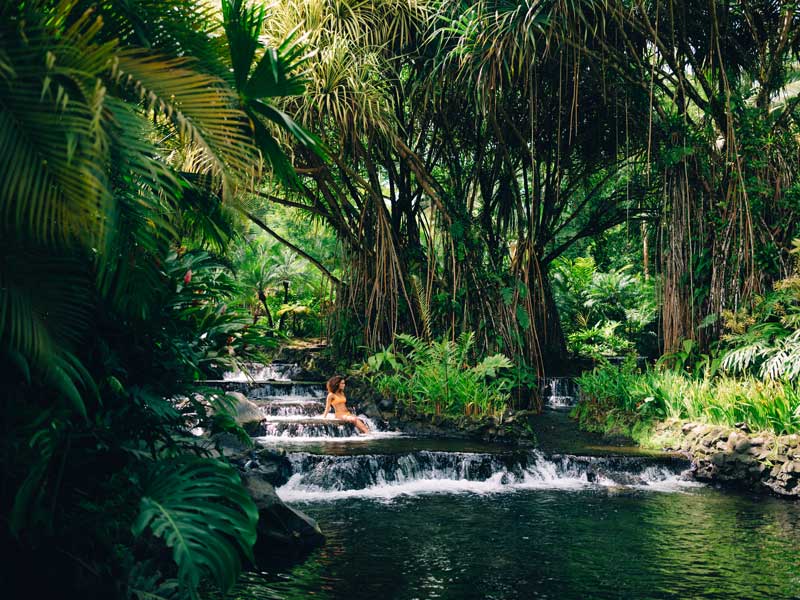 FOR A SOOTHING, HEALING HOT SPRINGS DIP: Tabacón Grand Spa Thermal Resort Location: San Carlos
FOR A SOOTHING, HEALING HOT SPRINGS DIP: Tabacón Grand Spa Thermal Resort Location: San Carlos
Raise your hand if you missed getting pampered during quarantine. Oh yes, everyone? Same. Tabacón will help you make up for lost time. Tucked in the middle of the country, the resort is surrounded by the healing volcanic waters of nearby Arenal Volcano, with all sorts of natural hot springs and swimming pools for a rejuvenating dip. Make sure to book one (or, you know, five) of their luxury spa treatments, too. It was quite a year, and your mind, body, and soul deserve the attention.
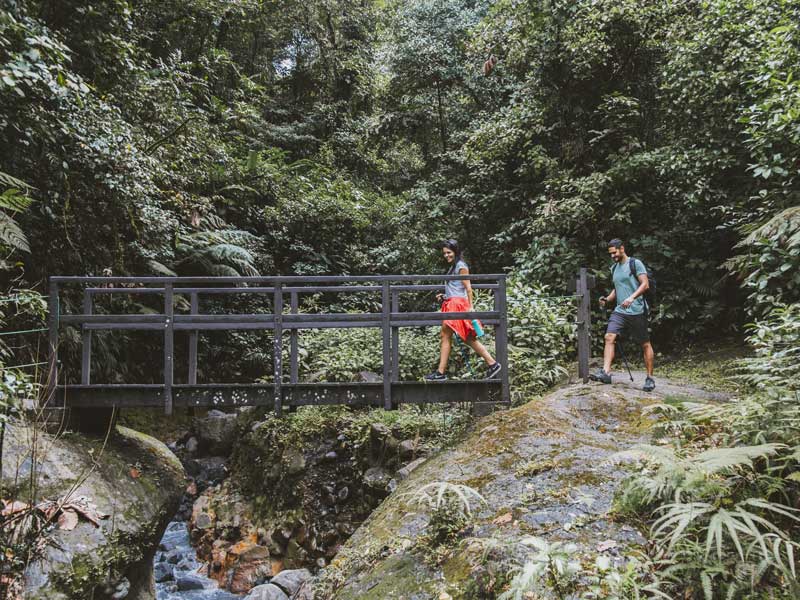 FOR AN EPIC VOLCANIC WATERFALL TOUR: Land of Senses Tour with Sensoria Location: Alajuela
FOR AN EPIC VOLCANIC WATERFALL TOUR: Land of Senses Tour with Sensoria Location: Alajuela
Instead of (or in addition to) pampering yourself with healing volcanic treatments at Tabacón, you can also hike to multiple natural volcanic pools scattered around the region—when in Costa Rica, right? Sensoria’s Land of Senses Tour takes you on a hike to five different thermal pools and waterfalls around Arenal—Pilon Thermal Pool, Danta Pool and Waterfall, Jicara Pool and Waterfall, Aguilar Pool and Waterfall, and Buenos Aires Waterfall—followed by a local lunch and a walk to the rainforest observatory platform, where you will see the canopy of Rincon de la Vieja National Park. If it’s a clear day, you may even be able to see all the way to Lake Nicaragua.
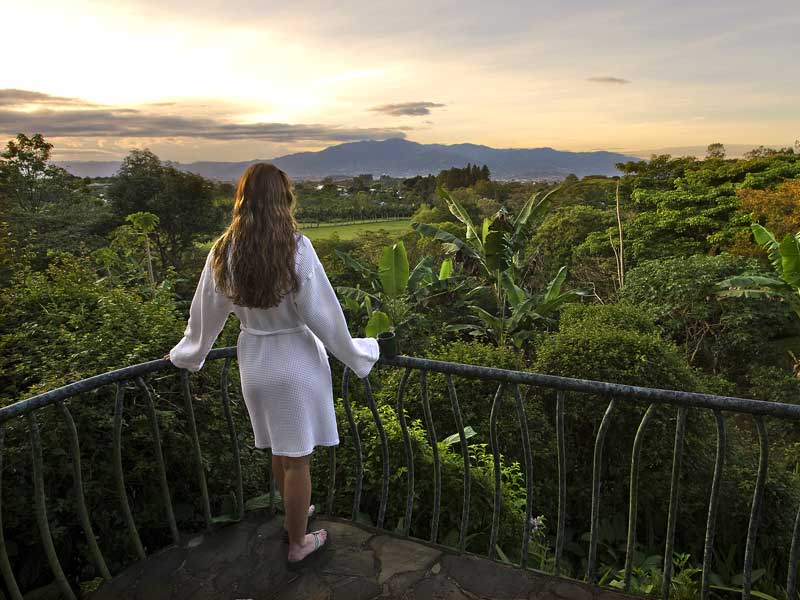 FOR A SCENIC AND EDUCATIONAL STAY ON A COFFEE FARM: Finca Rosa Blanca Location: just outside San José, in the Central Valley’s Heredia mountains
FOR A SCENIC AND EDUCATIONAL STAY ON A COFFEE FARM: Finca Rosa Blanca Location: just outside San José, in the Central Valley’s Heredia mountains
Costa Rica is known for its incredible coffee, so why not take advantage of the freshness by actually staying on a coffee farm? Finca Rosa Blanca, a coffee farm and inn located in the Central Valley’s Heredia mountains just outside of San José, makes it possible to have a truly farm-to-mug cup of coffee each morning. Bonus: As one of the original eco hotels in Costa Rica, they have been practicing regenerative tourism for more than 30 years, planting more than 5,000+ native trees and more than two dozen acres of coffee fields.
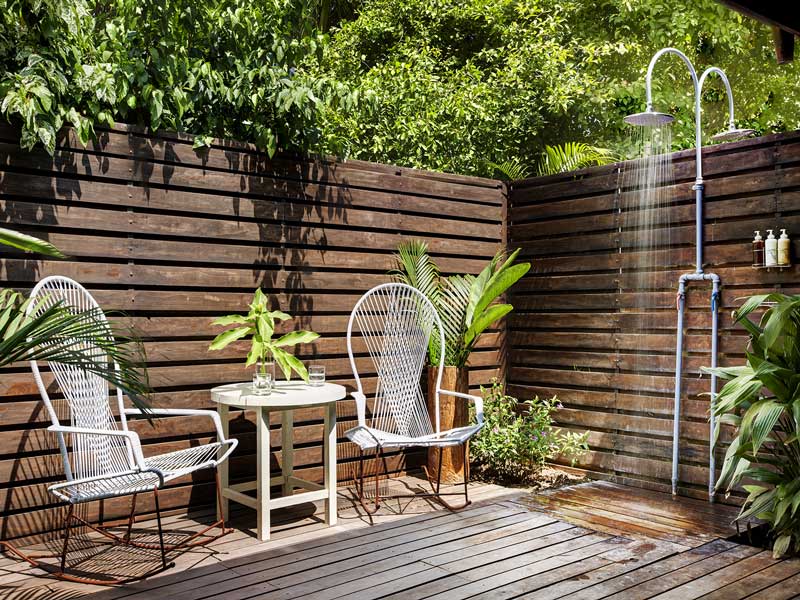 FOR A PEACEFUL, LOW-KEY, RESTORATIVE TROPICAL BEACH ESCAPE: Harmony Hotel Location: Nosara
FOR A PEACEFUL, LOW-KEY, RESTORATIVE TROPICAL BEACH ESCAPE: Harmony Hotel Location: Nosara
There are tropical beach hideaways, and then there is the Harmony Hotel, with an easy, breezy, “barefoot luxury” vibe that takes the entire surf bungalow category up a notch. Surrounded by secluded garden paths and laid-back private villas, the hotel also boasts a zen yoga studio and meditation shala, a saltwater pool, a lovely open-air restaurant, and an award-winning spa, the Harmony Healing Centre. Whether you choose to chill on the property all day long, stroll the beach, enjoy yoga under the trees, or go on an adventure in town, one thing is clear: The hotel has you covered. What’s more, you can also feel good about where their money is going. The hotel’s non-profit organization, The Harmony Fund, supports the production of a series of videos that teaches people about regenerative agriculture. Plus, the on-site restaurant favors fresh ingredients from local, eco-conscious providers, so the food feels as good as it tastes.
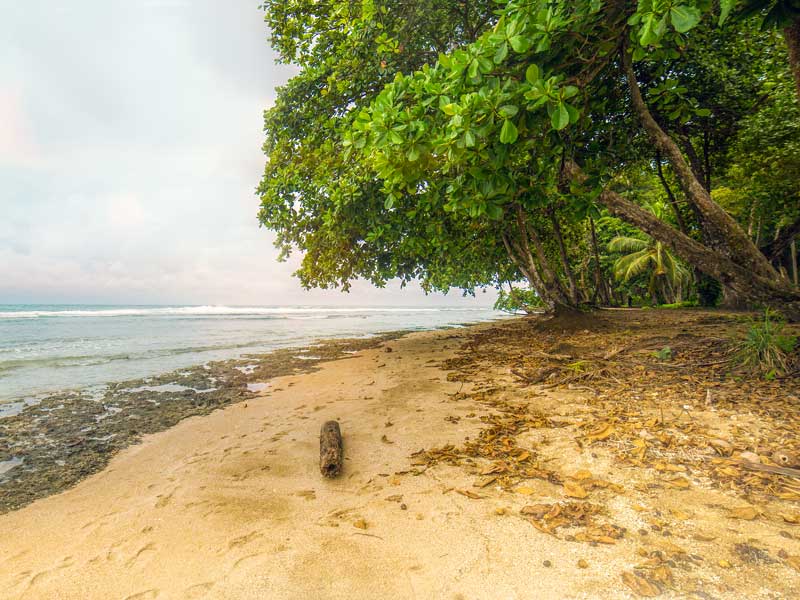 FOR THE TREEHOUSE STAY OF YOUR DREAMS: Tree House Lodge Location: Puerto Viejo
FOR THE TREEHOUSE STAY OF YOUR DREAMS: Tree House Lodge Location: Puerto Viejo
Did you even stay in the rainforest if you didn’t sleep in a treehouse? The Tree House Lodge is everything you have ever wanted from a treehouse vacation, and then some. Located in Puerto Viejo on Costa Rica’s Caribbean Coast, the Tree House Lodge is built on 10 acres of land on the edge of the Gandoca-Manzanillo wildlife refuge, with just six open-air houses nestled within the trees. All sorts of activities are on offer, like surfing, white water rafting, canopy tours, beach massages, and daily workout classes on their open-air fitness deck. Bonus: Because most tourists tend to head to the Pacific side, not the Caribbean side, Puerto Viejo has a less-crowded appeal for those who prefer to travel off the beaten path.
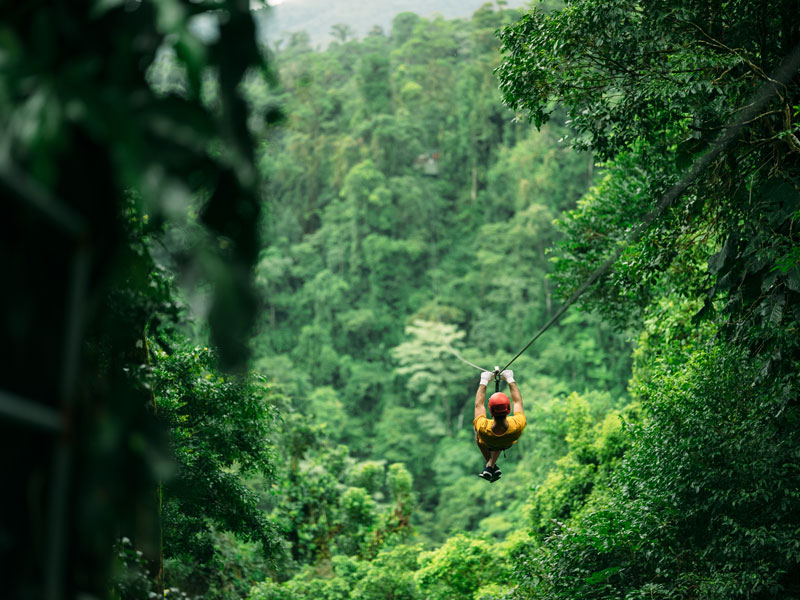 FOR A ZIPLINE THROUGH A CLOUD FOREST: Sky Adventures Location: Monteverde
FOR A ZIPLINE THROUGH A CLOUD FOREST: Sky Adventures Location: Monteverde
No trip to Costa Rica is complete without a visit to Monteverde, known as the “cloud forest” for the constant layer of mist that gives it its name. But ziplining through the cloud forest—which is also the largest tree canopy in Costa Rica—will truly make your adventure soar. Prepare to feel all the feelings as you watch the trees whiz by below you—it’s one of the most freeing experiences ever.
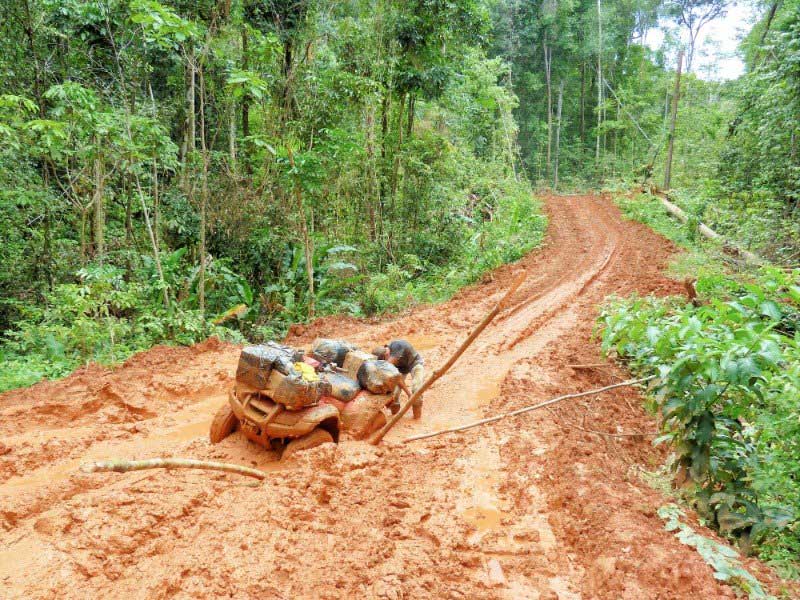 FOR AN ATV ADVENTURE OF A LIFETIME: ATV Tour with Jacamar Naturalist Tours Location: Jaco
FOR AN ATV ADVENTURE OF A LIFETIME: ATV Tour with Jacamar Naturalist Tours Location: Jaco
You could go on a hike through some of Costa Rica’s most rustic towns and rainforests. Or you could hop on an ATV and cruise right through them, with the wind whipping at your face and mud splattering everywhere, all the while thinking: Best. Vacation. Ever. If you prefer the latter, the ATV Tour with Jacamar Naturalist Tours is for you. An experienced ATV guide will bring you through a series of unpaved roads, cattle ranches, rainforest patches, and more—and you don’t even have to have prior ATV experience to operate this one. Just be prepared to get dirty!
URL Trips to Discover:
www.tripstodiscover.com/heres-how-you-can-finally-take-that-dream-trip-to-costa-rica/
